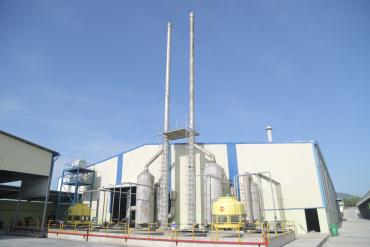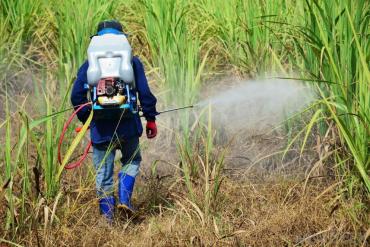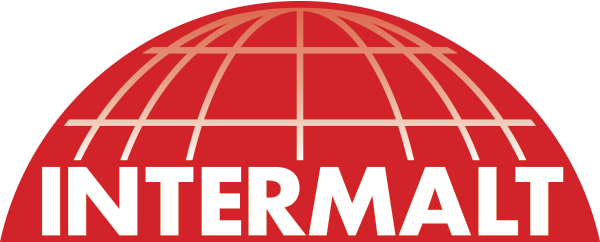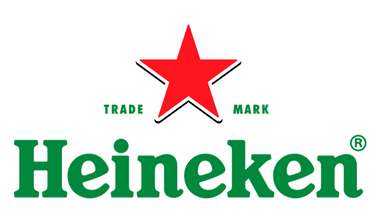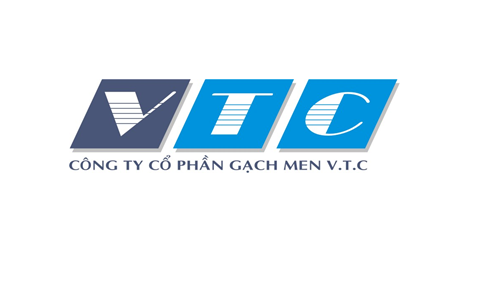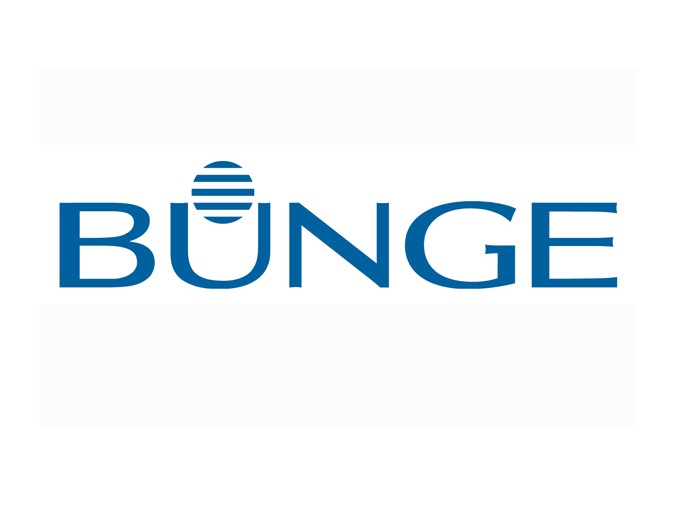Implementing the Strategy for the Sustainable Exploitation and Use of natural Resources and Protection of the Marine and island Environment towards 2030, with a vision to 2050
Following the Strategy for the Sustainable Exploitation and Use of Natural Resources and Protection of the Marine and Island Environment towards 2020, with a Vision to 2030, on 3rd April 2023, the Government issued Resolution No. 48/NQ-CP approving the Strategy for the Sustainable Exploitation and Use of Natural Resources and Protection of the Marine and Island Environment towards 2030, with a vision to 2050. The organization for implementation of this Strategy will make an important contribution to strengthening the management of marine environment in Viet Nam today. The Strategy provides overall orientation on long-term and basic goals for management of marine natural resources and environment associated with the mobilization of resources and fundamental solutions according to the development roadmap.
1. Results Achieved in the implementation of the Strategy for the Sustainable Exploitation and Use of natural Resources and Protection of the Marine and island Environment towards 2020, with a vision to 2030
The Strategy for the Sustainable Exploitation and Use of Natural Resources and Protection of the Marine and Island Environment towards 2020, with a vision to 2030 was approved by the Prime Minister in Decision No. 1570/QĐ-TTg dated 6th September 2013 (hereinafter referred to as Strategy 1570) with the goal of “Better understanding of the sea, its potential, advantages, and adverse impacts from the sea; promoting exploitation and use of marine natural resources in a sustainable way; preserving the quality of marine water environment; maintaining the ecological functions and biological productivity of marine ecosystems, contributing to the successful implementation of the Vietnam Marine Strategy towards 2020, for the sake of the country's sustainable development. Over the years, the Ministry of Natural Resources and Environment (MONRE), line ministries, sectors and coastal local governments have organized the implementation of the Strategy and achieved remarkable results in marine environment management as follows:
Regarding survey and assessment of the marine environment: Survey has been conducted and data have been obtained on the current state of the water environment, sedimentary environment, and environmentally vulnerable areas have been identified in 16 key areas from Thanh Hoa to Binh Thuan at a depth of 30 - 60m and in the marine areas of Việt Nam from Thua Thien - Hue to Binh Dinh at a depth of 0 - 60m, in areas around 9 islands and island clusters up to 6 km from the coastline.
Initially, seafood resources have been preliminarily assessed by layers in Vietnam's seas, the current state of biodiversity in coral reef ecosystems, seagrasses, mangroves forests, alluviums, estuaries, lagoons; several new coral species have been discovered and added to the list, the current state and coverage of coral reefs and mangroves have been assessed. Also, a set of maps at the scale of 1/500,000 - 1/2,000,000 has been developed on the current state of distribution of mangrove ecosystems and coastal lagoons; distribution of seagrasses; distribution of seagrasses for sub-regions; distribution of seagrasses in key survey areas; distribution of sea bottom marine resources at the scale of 1/500.000 - 1/2.000.000.
Regarding monitoring the marine environment, building a marine environment database: Focused on building a system of environmental monitoring stations in coastal localities and periodically conducted water environment monitoring in estuary and coastal areas. Monitoring results at localities are being used for environmental control, aquaculture purposes...
Regarding control of waste sources: Ministries, sectors and localities have actively organized the development and implementation of tasks, actively surveyed and made statistics of sources discharged into the marine environment, conducted the marine environment monitoring, invested in building waste treatment systems in coastal areas and implemented many solutions to control marine environment pollution such as developing technical guidelines on prevention and response to environmental incidents in localities, coastal production and business establishments, regulations on environmental protection for chemicals, pesticides and veterinary drugs; completed the legal provisions related to the control of pollution sources from waste sources on land; reviewed and adjusted national technical regulations on environment in line with domestic conditions and international integration requirements.
Regarding response to incidents at seas: Conducted research, proposed the establishment of particularly sensitive sea areas (PSSAs) in the sea areas of Quang Ninh - Hai Phong and completed the dossier to submit to the International Maritime Organization to propose the establishment of PSSAs in Vietnam. In addition, the method of assessing oil spill pollution at seas has been completed, sensitive areas for oil spills have been identified and initially a method to calculate and quantify losses due to oil spill pollution and environmental pollution has been proposed; oil spills have been promptly and effectively handled and responded to.
Regarding protection of marine ecosystems and biodiversity: Detailed planning has been made for 7 marine protected areas (Bach Long Vi, Phu Quy, Hai Van - Son Cha, Hon Cau - Ca Na, Tien Yen - Ha Coi, Ly Son, Hon Me); 12 marine protected areas have been established and put into operation: Co To, Bai Tu Long (Quang Ninh); Bach Long Vi, Cat Ba (Hai Phong); Con Co (Quang Tri); Cu Lao Cham (Quang Nam); Ly Son (Quang Ngai); Nha Trang Bay (Khanh Hoa); Nui Chua (Ninh Thuan); Hon Cau (Binh Thuan); Con Dao (Ba Ria - Vung Tau); Phu Quoc (Kien Giang); mangrove forests have been actively planted, coastal ecosystems have been protected and restored.
Regarding development of marine science and technology: Some localities have been active and proactive in investing in marine science and technology research; the research contents focused on integrated coastal zone management, building a set of indicators of environmental damage in coastal areas, zoning ecological functions, applying new technologies and models in fishing and aquaculture.
Although the above-mentioned positive results have been achieved, the implementation of Strategy 1570 still has certain limitations and weaknesses. That is, the formulation of marine economic development master plans and plans is still limited (the delimitation of administrative boundaries at seas, the marine spatial planning, the master plan on sustainable exploitation and use of resources in the coastal zones have not yet been approved); the transfer and exploitation of baseline survey data on marine resources and environment for socio-economic development activities is still slow; the marine environment is still locally polluted in aquaculture areas, bays where ships anchoring at sea, estuaries, etc. are under pressure of ocean plastic waste; funding for the implementation of the Strategy has not yet been secured; implementation capacity including management and technical aspects at the central as well as local level is not strong enough, the staff force is thin and does not meet the requirements.
2. Major contents on Management of the Marine Environment of the Strategy for the Sustainable Exploitation and Use of natural Resources and Protection of the Marine and Island Environment towards 2030, with a vision to 2050
Management of the marine environment in Viet Nam today is in the context of intertwined advantages and disadvantages. It is advantageous to have initially established an integrated management method in the management of marine and island resources and environment; has gradually integrated deeply with the trend of marine environment management of countries in the region and the world; there has been a link between Viet Nam and the world in sharing benefits and objectives of marine environment management, especially efforts to solve common problems of marine and ocean environment; has been taking advantage of advanced management methods, capital, science and technology of the world to serve the management of the marine environment. The difficulty is that the awareness of marine environment management is still low, especially the awareness of state management of the marine environment in an integrated manner; there are gaps and lack of synchronization in the marine environment institutions; marine environment management institutions have certain limitations; resources for marine environment management have not yet met the requirements; global problems of marine environment such as transboundary pollution of marine environment, oil spills and toxic chemicals at seas, ocean plastic waste, invasion of harmful alien organisms, loss of marine and coastal biodiversity as well as risks of marine environmental incidents may occur due to socio-economic development pressures in coastal areas and marine activities.
In this context, on 3rd April 2023, the Government issued Resolution No. 48/NQ-CP approving the Strategy for the Sustainable Exploitation and Use of Natural Resources and Protection of the Marine and Island Environment towards 2030, with a vision to 2050 (hereinafter referred to as Strategy 48) with the overall goal as: "Marine and island resources are exploited rationally, used effectively, fairly in service of socio-economic development in association with assurance of national defence and security, foreign affairs and international cooperation; pollution of the marine environment is prevented, controlled and significantly reduced; marine, coastal and island biodiversity is protected, maintained and restored; the values of natural heritage and marine cultural heritage are conserved and promoted; the impact of natural disasters is minimized as much as possible, proactively and effectively respond to climate change and sea level rise, aiming to turn Việt Nam into a strong and affluent maritime country”. One of the specific objectives of marine environment management set forth by Strategy 48 is that "the problems of transboundary pollution, marine environmental incidents, and ocean plastic waste pollution are effectively monitored, controlled and managed".
Source: Environment magazine







